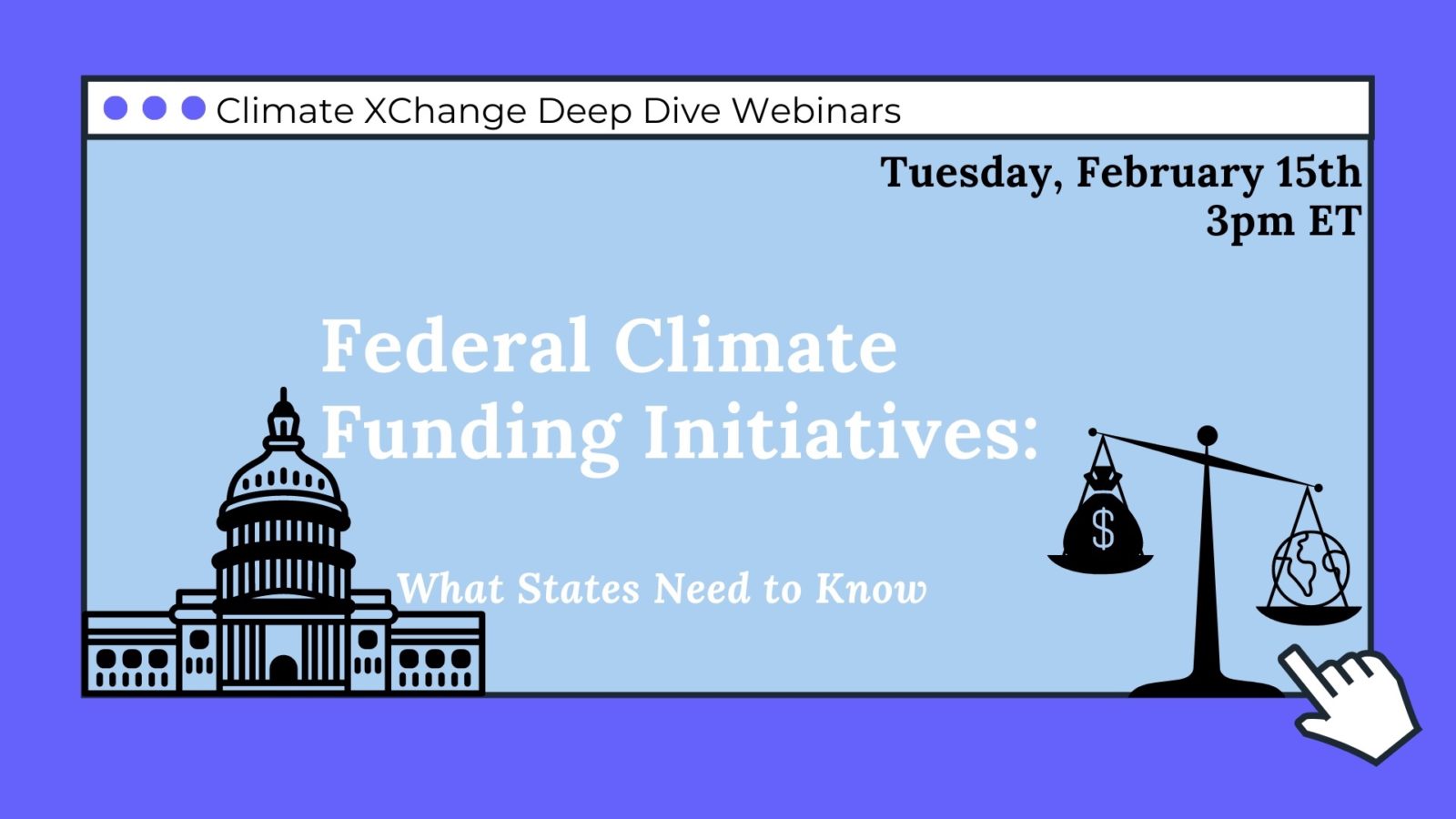With the creation and continuing development of several new federal funding initiatives like the Infrastructure Investment and Jobs Act, Build Back Better, Justice40, and others, many are wondering how state-level climate action will be affected. States looking to secure funding for effective and equitable climate projects and programs must know how best to prepare for and implement these varying funding sources and guidelines, and we want to help you do just that.
Joining us to discuss these federal funding developments and the implications for states are three experts in the space. Shannon Baker-Branstetter, Director of Domestic Climate and Energy Policy at the Center for American Progress, Joseph Kane, Fellow at Brookings Metro of the Brookings Institution, and Colleen Callahan, Deputy Director at UCLA’s Luskin Center for Innovation, will each provide insight into what states need to know about these funding initiatives and how they will affect state-level actors in securing a better, brighter future for the climate.


